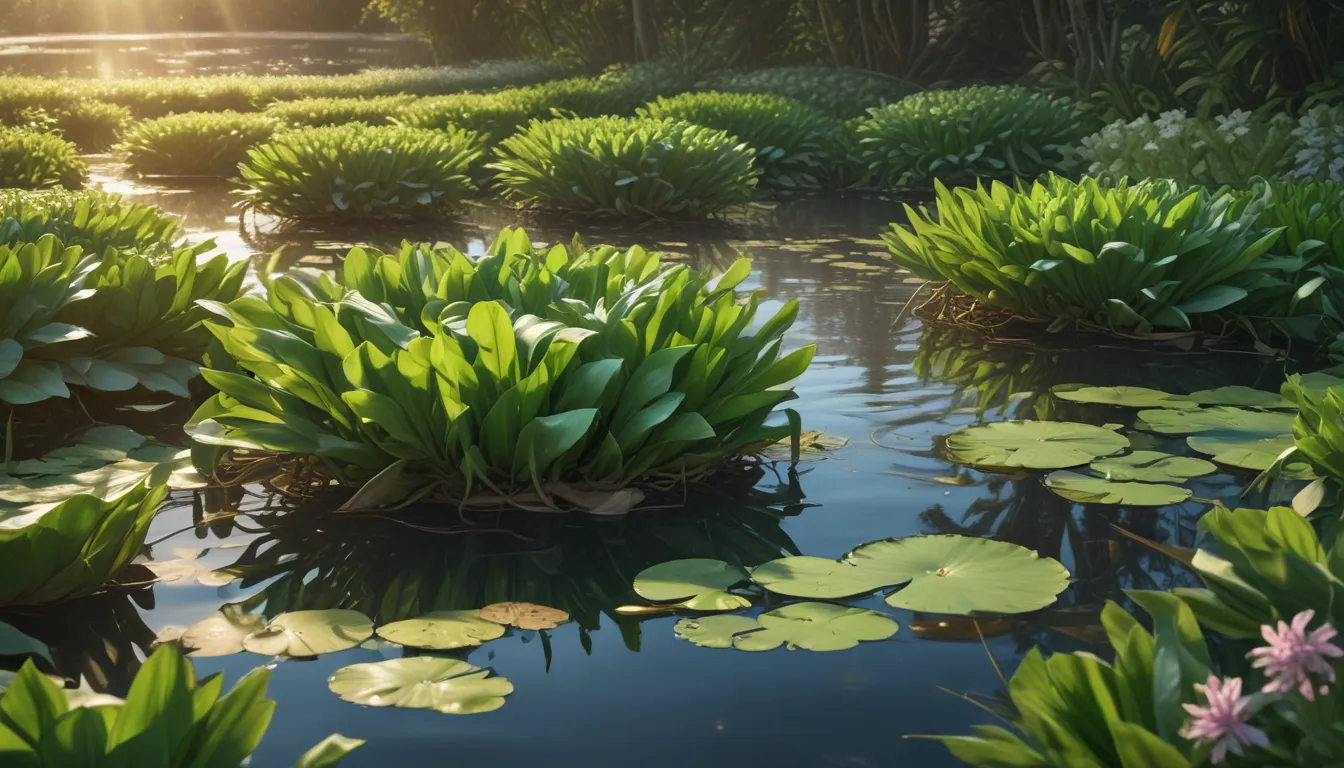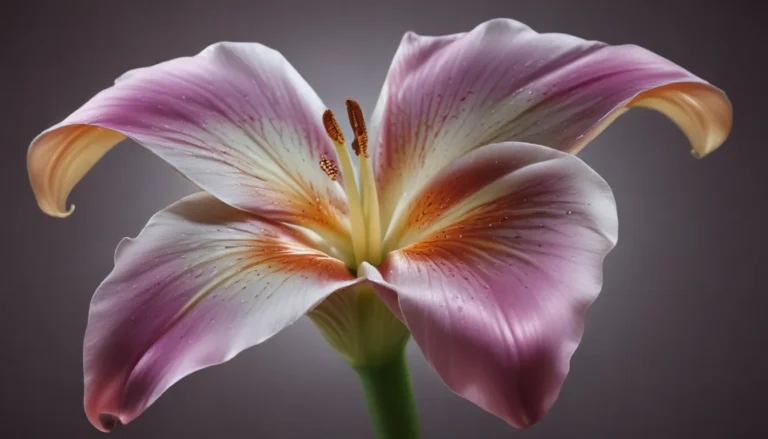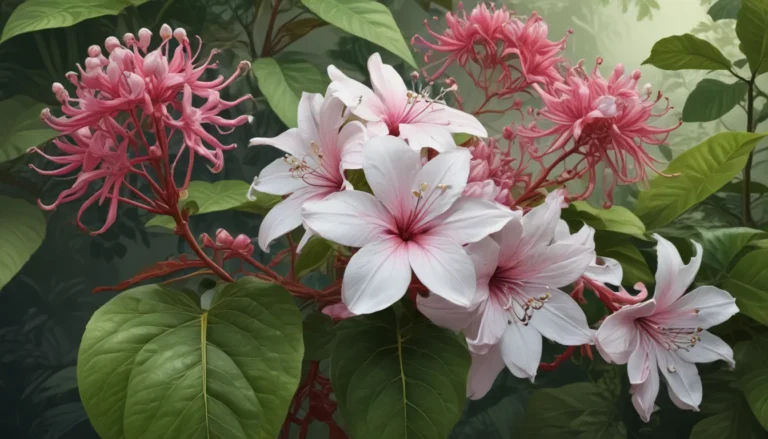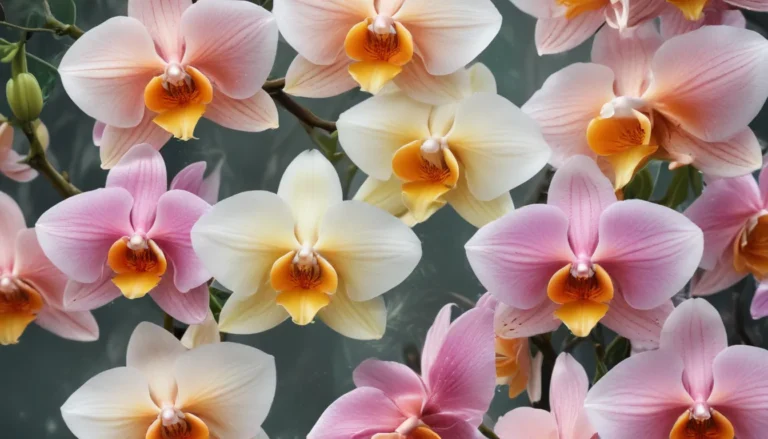The pictures we use in our articles might not show exactly what the words say. We choose these pictures to make you interested in reading more. The pictures work together with the words but don’t take their place. The words still tell you the important facts.
Water hyacinth, a captivating aquatic plant, boasts vibrant purple flowers and lush green foliage that enhances the beauty of bodies of water. Beyond its aesthetic appeal, this remarkable plant species holds several fascinating characteristics that make it a compelling subject of exploration. In this article, we will delve into eight captivating facts about water hyacinth that shed light on its invasive nature, beneficial uses, and ecological significance. Whether you are a plant enthusiast or simply curious about the wonders of nature, these facts are sure to pique your interest and deepen your understanding of water hyacinth.
The Invasive Nature of Water Hyacinth
Water hyacinth, scientifically known as Eichhornia crassipes, is a highly invasive aquatic plant originating from South America. Known for its rapid growth and ability to overtake bodies of water, this plant forms dense mats of vegetation that can disrupt aquatic ecosystems.
The Beauty of Water Hyacinth’s Purple Flowers
Water hyacinth's most striking feature is its beautiful purple flowers that bloom on tall stalks, adding a vibrant pop of color to the water. Despite their visual appeal, these flowers contribute to the plant's invasive tendencies.
Rapid Population Growth of Water Hyacinth
Under favorable conditions, water hyacinth can double its population in just two weeks due to its fast reproductive rate. This rapid growth presents challenges in controlling the plant and can have detrimental effects on aquatic ecosystems.
Providing Habitat for Wildlife
While water hyacinth is considered an environmental nuisance, it also serves as a habitat and shelter for various wildlife species. Insects, birds, and fish find refuge among the tangled roots and leaves of the plant, highlighting its ecological importance.
Water Purification Abilities of Water Hyacinth
Despite its invasive nature, water hyacinth offers positive ecological benefits by aiding in water purification. The plant absorbs excess nutrients like nitrogen and phosphorus from the water, contributing to pollution reduction and improved water quality.
Biogas Production from Water Hyacinth
Water hyacinth can be harnessed as a source of renewable energy through biogas production via anaerobic digestion. This sustainable energy production method helps reduce dependence on fossil fuels and promotes environmental sustainability.
Medicinal Properties of Water Hyacinth
In traditional medicine, water hyacinth has been utilized to treat various ailments such as asthma, inflammation, and digestive disorders. Studies have also shown its potential in wound healing and antioxidant properties.
Efforts to Control Water Hyacinth Spread
Recognizing its negative impacts, global efforts are underway to control the spread of water hyacinth. Control measures include manual removal, biological control via natural enemies, and innovative management strategies to manage its growth effectively.
Conclusion: Embracing the Complexity of Water Hyacinth
Water hyacinth remains a captivating and multifaceted plant that thrives in aquatic environments. Balancing its rapid growth with its ecological contributions poses challenges and opportunities for environmental management. Understanding the nuances of water hyacinth is essential for harnessing its benefits and mitigating its negative impacts. By exploring innovative uses of its biomass and implementing efficient management strategies, we can ensure the continued flourishing of this fascinating plant without causing harm to ecosystems.
FAQs: Exploring Water Hyacinth Further
-
What is water hyacinth?
Water hyacinth is a floating aquatic plant characterized by vibrant purple flowers known for its rapid growth and dense mat formation on water surfaces. -
Where is water hyacinth found?
Native to the Amazon basin in South America, water hyacinth has spread to various regions worldwide, including Africa, Asia, and North America. -
Is water hyacinth an invasive species?
Yes, water hyacinth is often classified as an invasive species due to its ability to outcompete native plants and disrupt aquatic ecosystems. -
What are the negative impacts of water hyacinth?
Water hyacinth can block sunlight, deplete oxygen levels, and disrupt water flow in aquatic ecosystems, leading to detrimental effects on biodiversity. -
Are there benefits to having water hyacinth?
Despite its negative impacts, water hyacinth aids in water purification, provides habitat for wildlife, and offers potential as a renewable energy source. -
How can water hyacinth be managed?
Management strategies include manual removal, biological control, and mechanical methods to regulate water hyacinth growth in aquatic environments. -
What practical purposes can water hyacinth serve?
Water hyacinth can be utilized for biofuel production, natural fertilizer, and crafting products like baskets and mats, showcasing its versatile applications. -
Are there ongoing research efforts on water hyacinth?
Researchers continue to study water hyacinth to develop effective management strategies, explore its sustainable resource potential, and understand its ecological impacts.
As you delve into the fascinating world of water hyacinth, consider its complexities and the intricate balance it maintains with aquatic ecosystems. By appreciating its beauty, understanding its impacts, and exploring its potential, you can cultivate a deeper appreciation for the wonders of nature and our role in preserving the delicate harmony of our environment.






